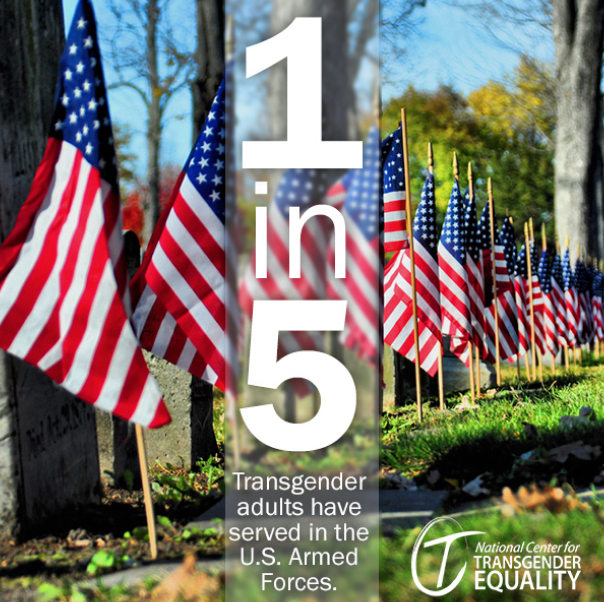
I was raped at the age of 19, and a year later was threatened with death and sexually assaulted once more. I have been told that I “should be brought behind a barn and shot”, and that I should be “put on an island with people like [me] and have bombs dropped on [us]”, among countless other violently harassing comments. I have been pushed, struck, groped, and spat at. I am transgender, and my story is not unique within my community.
At the time of these victimizations, I did not have the knowledge or experience necessary to understand that these acts were part of a larger systemic issue of violence against transgender and gender nonconforming people. I did not know that each year, more and more of my fellow trans folk are killed. According to reports by The Human Rights Campaign, 2017 was the deadliest year yet for transgender individuals, with 2018 already close to meeting or exceeding those numbers. The vast majority of these murder victims are transgender women of color, who have a life expectancy of just 35 years.
The intersectionalities of race and gender-identity become all-too apparent when faced with the numbers. Of the more than 100 reported murders of transgender individuals since 2013, over 85% have been transgender people of color. These numbers hold true for this year, as 84% of the reported victims are trans people of color, and 80% are trans women. Still, few people are talking about this issue.
This could be because it deals with (at least) a trifecta of oppression: being transgender, a person of color, and female-identified. These super- oppressed populations are often overlooked because people are more likely to focus on a single oppressive factor and how it relates to victimization. For instance, violence against the black community today easily brings to mind the names and faces of black boys and men shot down and strangled by police, less so does it bring to mind all of the women who have suffered similar fates. This is also true for the transgender community, which is typically lumped together as one uniform segment of the overall population.
I experienced traumatizing events due to my transgender identity, but I can in no way imagine the compounding oppressive factors that transgender women of color experience. I can not imagine being the same age I am now, and seeing data that overwhelmingly purports that I will only survive into my thirties. That is the reality for transgender women of color, as they are shot, stabbed, and beaten to death. Still, their lives and their deaths are ignored by the vast majority of the population, especially people in positions of power.
 The current administration has opposed and at times attacked the rights of the LGBTQ+ population as a whole, as well as largely ignoring violence against people of color, especially transgender people of color. The President has been moving to forcefully discharge all transgender members of the military for the past two years, an action the further isolates this community from the general population and will likely result in increased homelessness and unemployment for these discharged service members, placing them in positions where there is a greater risk of experiencing violence. Recently, Vice President Mike Pence spoke at a summit organized by an LGBTQ+ hate group, and he has worked to oppose and reverse bills that allow transgender people to use the restroom of their choice, an act that increases violence against this community as other community members take up “policing” roles and begin to question who should or should not be using a particular restroom.
The current administration has opposed and at times attacked the rights of the LGBTQ+ population as a whole, as well as largely ignoring violence against people of color, especially transgender people of color. The President has been moving to forcefully discharge all transgender members of the military for the past two years, an action the further isolates this community from the general population and will likely result in increased homelessness and unemployment for these discharged service members, placing them in positions where there is a greater risk of experiencing violence. Recently, Vice President Mike Pence spoke at a summit organized by an LGBTQ+ hate group, and he has worked to oppose and reverse bills that allow transgender people to use the restroom of their choice, an act that increases violence against this community as other community members take up “policing” roles and begin to question who should or should not be using a particular restroom.
So, what can we do?
We can bear witness to the unique experiences of violence against transgender and gender nonconforming people, especially transgender women of color. We can read their stories, say their names, and urge our elected representatives to take a stand for the transgender and gender nonconforming members of their communities, to put an end to the violence they experience. Call your local, state, and federal representatives. Work towards understanding the specific protections that transgender people have or lack within your community, and then strive to fill in the gaps. This may mean creating more support groups in rural areas, creating a community that not only reduces isolation but also increases the protection of the individuals within it. It could mean working with a group of your legislatures to draft a bill increasing the protections of this community. It could be counseling your neighbor on how to embrace the fact that their child just came out to them. It could be marching against gun violence, knowing that it is responsible for an overwhelming number of the murders of transgender people. The following graphic reiterates and expands on many of these means to end anti-transgender violence. Together, we have the power to end this violence and create a future where everyone can look forward to the years beyond their thirties.



